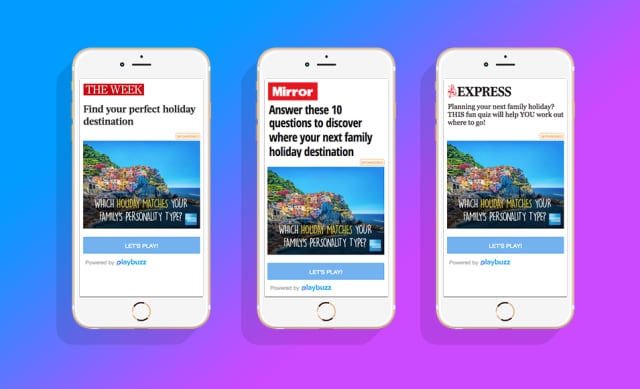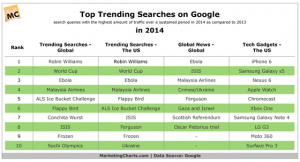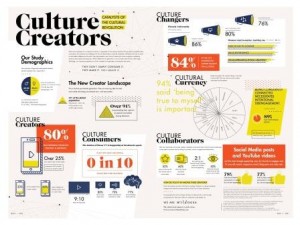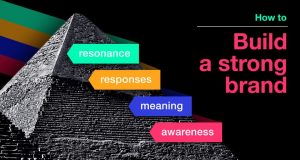How to market your brand using interactive native content
Have you tapped into the power of interactive native content? If the idea is still new to you, take a look at contributor Jane Loring’s unique, interactive foray into the opportunities it can offer for your marketing campaigns.

Native advertising and interactive content both offer online marketers unique advantages. Native advertising, which is the standard name for creating content that blends seamlessly within its natural surroundings, can bypass dreaded ad blockers and provide a pleasant experience for users, and is predicted to drive 74 percent of all display ad revenue by 2021. Interactive content in turn, is able to transform any content into a gamified, engaging experience and help brands rise above the noise.
That is why the combination of the two — interactive native content — is so powerful in drawing audiences in and achieving marketing goals for brands of all kinds.


In this series, we will examine the different opportunities that interactive native content has to offer for various marketing stages and campaigns, with this first piece examining one of the more prominent, yet elusive, marketing goals: brand awareness.
So, how can brands harness interactive native content to increase chatter about their brand or a specific business move?
Here are a few suggestions:
Build an embassy
Increasing awareness among your target audience is no easy task, and marketers often face difficult questions:
As you can see, creating content with a high shareability rate is vital for brands, making the inherent virality of interactive content extremely important. Interactive native content can not only reach your audience, but also turn consumers into brand ambassadors, who will assist in spreading the word and reaching relevant audiences through a trustworthy, highly influential marketing channel.
Make it scale
Just like everything else in life, native advertising has its downfalls. One issue that advertisers struggle with is its lack of scalability. Typically, each content piece can be used only once, making the high investment of time and resources that are devoted to content creation extremely costly, and the results of a less-than-successful campaign, extremely painful.
That is, unless you opt for interactive native content.
Creating interactive content campaigns for clients has taught me that interactive campaigns can be embedded within multiple outlets relevant to the campaign’s target audience, thus creating a scalable model for native advertising. Instead of working tirelessly to craft a brilliant branded article to give to a single publication exclusively, brands are able to implement interactive segments within different content items and enjoy increased engagement for a lower cost.

Deliver your message
A successful branded content campaign is able to achieve one of marketers’ most important — and challenging — goals: deliver a clear and compelling message to the target audience — whether through the imagery, the level of time readers are asked to commit, or a great CTA. While this may seem rather basic, and even somewhat obvious, it is also where online marketers seem to fail time and time again.

With attention spans at an all-time low, marketers must get creative in order to win their audience’s heart, which is what interactive content excels at. In addition to providing a visually appealing, unique experience for readers, interactive storytelling tools give their audience an active role — whether it’s by voting via a poll, taking a personality quiz to gather personal insights or clicking to flip through a slideshow.
The transition from passive consumption to an active, dynamic interaction with content results in increased time spent, commitment, and eventually a personal connection and loyalty to the brand itself. This high level of engagement creates a meaningful relationship with readers, which can ultimately lead to an increase in revenue.
(50)








